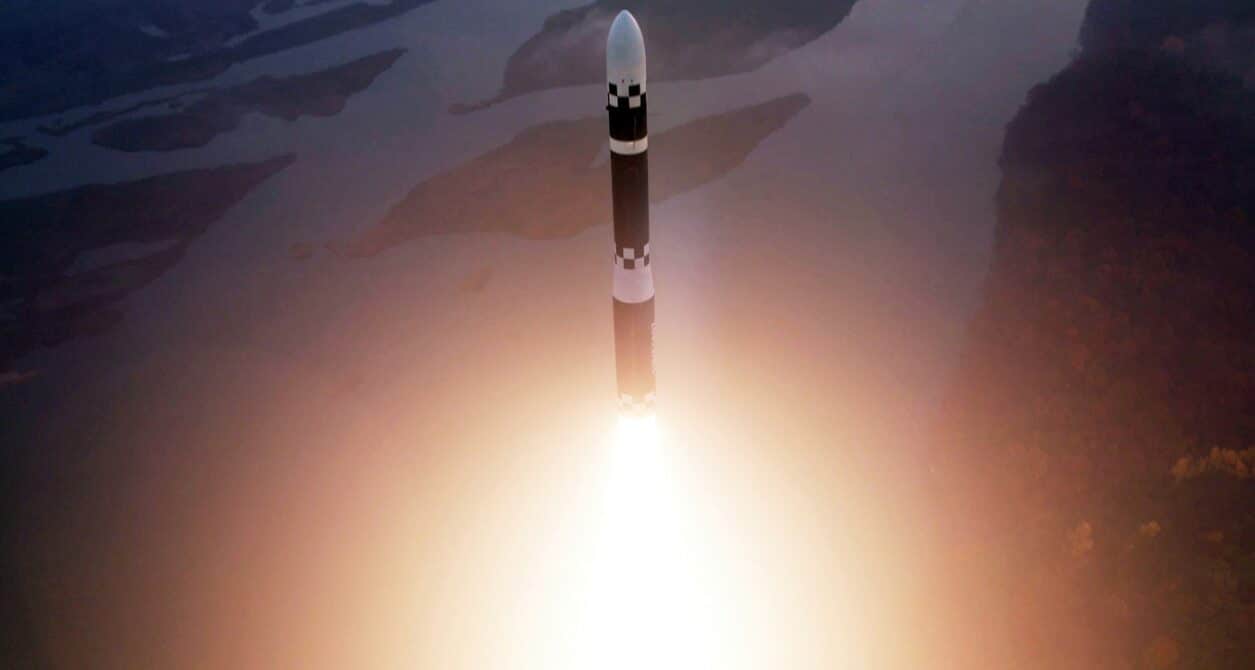North Korea focuses on improving quality of new solid-fuel missiles and hypersonic weapons, Japan defense white paper says.
North Korea is focusing on improving the quality of its nuclear and missile capabilities through new solid-fuel missiles and various hypersonic weapons, Japan’s latest defense white paper stated, underlining the “grave and imminent threat” that Pyongyang poses to Japan.
On July 15, the Ministry of Defense in Tokyo published the “Defense of Japan 2025”, an annual report that explains its understanding of the security environment surrounding Japan and its defense efforts over the last fiscal year.
The ministry said that the white paper basically covers the period from April 2024 to March 2025 and is not a strategic document.
“North Korea’s military activities are posing an even more grave and imminent threat to Japan’s security than ever before,” the paper stated, adding to say that “they seriously undermine the peace and security of the region and the international community.”
Furthermore, it stressed, “North Korea is focusing on qualitatively improving its nuclear and missile capabilities, such as diversifying its equipment systems and acquiring intelligence, surveillance and reconnaissance (ISR) means that complement its nuclear and missile operational capabilities.”

According to the Ministry of Defense, the cover is based on the concept of “the Self-Defense Forces protecting the peaceful lives of the people,” and conveys the “closeness” of the SDF as they stand by the people, the “sense of security” of the SDF as they protect everyday peace, and the “sense of trust” of the SDF as they protect Japan. Picture by author.
As an example, the white paper noted that North Korea launched its solid-fuel hypersonic intermediate-range ballistic missile (IRBM) with a flattened warhead on January 6, 2025. It stated for the first time that based on the missile’s external characteristics, this ballistic missile is presumed to be the Hwasong-16B IRBM that North Korea tested once on April 2, 2024 or an improved version of it.
The paper also mentioned for the first time Hwasong-19, which North Korea launched on a lofted trajectory on October 31, 2024. The paper said that this missile was estimated to have flown for about 86 minutes and reached a maximum altitude of over 7,000 km, making it the longest flight time and highest altitude ever recorded.
The annual report concluded that this missile was a new type of three-stage solid fuel propellant intercontinental ballistic missile (ICBM), adding to say that depending on the weight of the warhead it is equipped with, the Hwasong-19’s missile range could exceed 15,000 km, enough to hit the entire U.S. territory.
The white paper said Pyongyang is clearly continuing to pursue the development and improvement of its offensive capabilities, including hypersonic weapons, in an attempt to penetrate missile defense networks. It then said that based on conical and flat warheads that have been confirmed, there is a possibility that North Korea is planning to develop hypersonic weapons with different ranges and flight patterns by developing different warheads in parallel, in order to complicate the enemy’s response, thus urging Tokyo to keep a close eye on North Korea’s technological advances.
The white paper also noted that North Korea’s supreme leader Kim Jong Un inspected a “nuclear material production base” in September 2024 and January 2025 and that Pyongyang revealed what appeared to be uranium enrichment facilities. The paper concluded that Pyongyang is highly likely to continue to develop nuclear weapons using highly enriched uranium in addition to plutonium.
The white paper also pointed out the recent close relationship between Russia and North Korea. In June 2024, the two countries signed a comprehensive strategic partnership treaty, which specifies military support in the event of an emergency. The white paper noted that North Korea has been providing weapons and ammunition, including ballistic missiles, to Russia since 2023, and that in October 2024, North Korean soldiers were confirmed to have been deployed to Russia, and that these soldiers have now participated in combat against Ukraine. The 2024 version of the white paper did not mention North Korean soldiers participating in the war in Ukraine.
